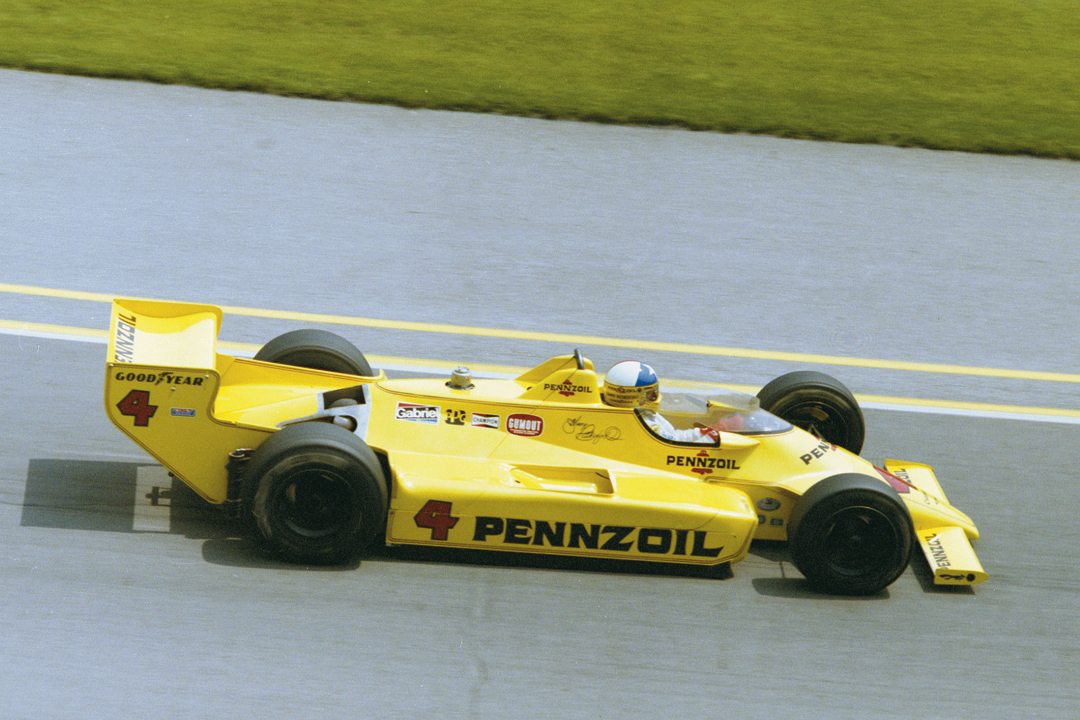I grew up designing on a drawing board, right to the end of my time in motor racing, and I’m still on a drawing board today. I’ve designed a lot of cars from scratch, and when I say from scratch I mean a blank piece of paper. Even in today’s age of modern technology, with the various computer systems available, I still cannot see how you can start without a drawing board. I suppose the first thing to say is that I was always interested in cars, not only was I interested in cars, but was interested in things mechanical. I continued my schooling to the age of 23 and I gained an HND (Higher National Diploma) in mechanical engineering. I have to say I did not attend University, but rather Technical College. We didn’t have computers, just slide rules, so I can relate to having done it from the ground up. At the conclusion of my education, I decided to write to various racing car companies, and eventually got a job with Eric Broadley at Lola, and I started off working on Peter Revson’s Can-Am car.
After a couple of years, I went to McLaren and worked on the McLaren M23—maybe one of the most successful Grand Prix cars of all time. Despite winning two World Championships, I’d yet to design my greatest racecar—the Chaparral 2K Indycar. Yes, I was also very pleased with the successful 1984 McLaren turbo car, which was fast straight out of the box. However, I look upon the Chaparral as the “greatest” in the terms of it being done at such low cost and meager means, yet winning the 1980 Indy 500—America’s most prestigious motor race. For me, it certainly didn’t come any better than that. I started from the proverbial blank piece of paper and my “office” was simply a drawing board in my dad’s front room, as I’d returned to the UK from the U.S. upon the birth of our first child. Gordon Kimball came over to assist me, we’d worked together at Vel’s Parnelli Jones team, following my move from McLaren. At VPJ, I’d also become immersed in ground effects by adding pieces of plastic to the sides of the car and continued those ideas I’d learned when joining Jim Hall. We built three 2K cars in Luton, England and had them shipped out to Midland, Texas—a real shoestring operation, but successful. One thing that did surprise me about Jim Hall was the lack of his input, he was literally team owner. In terms of design there was no involvement, but in terms of the team there was the finance and his name that brought along companies like Pennzoil and that was it. I remember when the first car went over there he got the mechanics to check it over. He checked the rear bump steer and said, “I don’t know about this rear bump steer.” I asked what the problem was as he seemed to be moving it right out of the range where it would work. It was the things he did and didn’t do, which raised questions about him in my mind. Johnny Rutherford did the business in the race by gaining pole position, leading for around 120 laps and taking the yellow Pennzoil-sponsored car to the flag. It was such a defining moment in my career.
No Subscription? You’re missing out
Get immediate ad-free access to all our premium content.
Get Started



